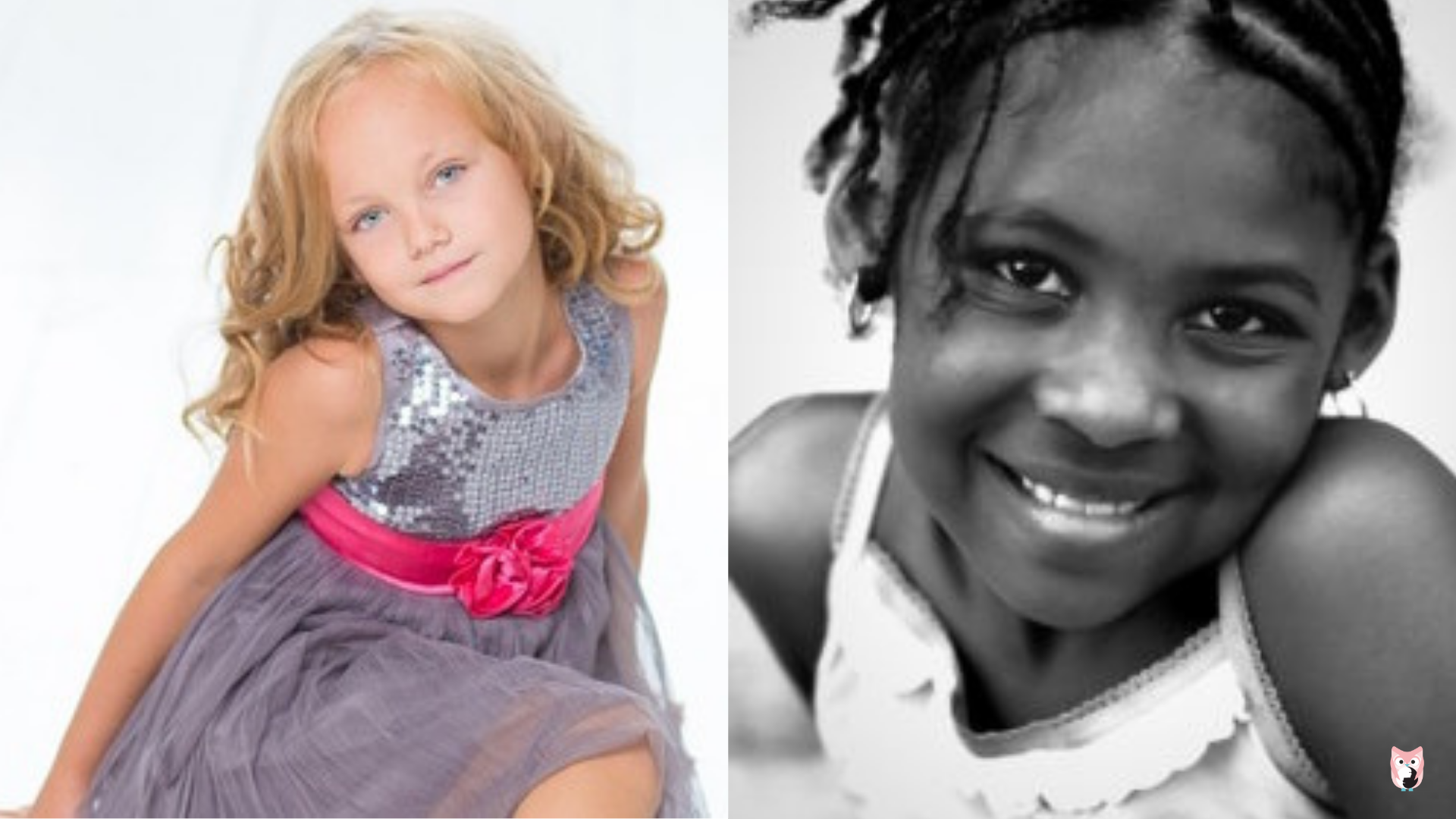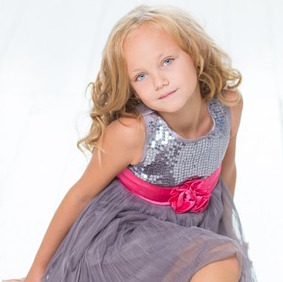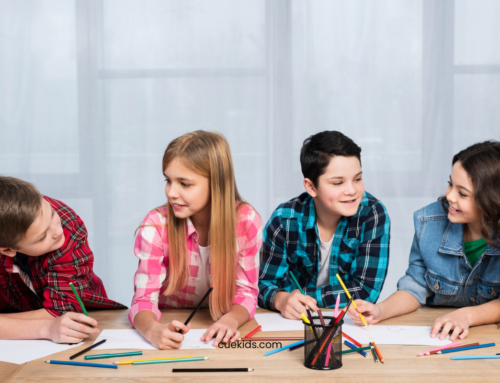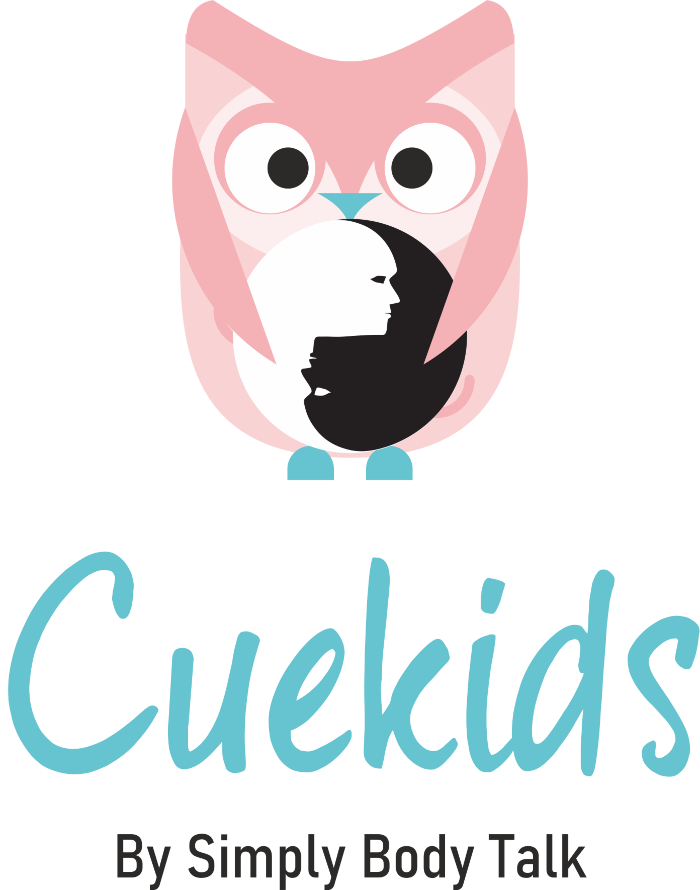Being able to read the body language of your child can be beneficial in a lot of ways. You can quickly understand what she is thinking of or feeling. Her deepest intentions and emotions, even when the child is too busy playing or involved to voice it out to you. Or is she unaware of what she is feeling A naturally observant parent tends to check whether the child’s body language is matching what she is saying or not? Which also helps to understand the child better.
So how do you read a child’s body language? Well, first rules first. Anytime when we feel comfortable towards something, we open ourselves up towards the thing, person, or thought. And when we don’t like something, we tend to move further away. This is the basic way our bodies react. Be it our own bodies or our children’s. But sometimes understanding body language might not be as simple for a simple reason – not all of us are very expressive. So the trick to good parenting is to be able to read body language in greater detail than just glancing past your child. Here is a simple exercise below:
What does this child’s body language reveal?
Restless and fidgety behavior shows that your child is in an uncomfortable situation, and perhaps cannot decide whether to be vocal about it or stay Silent. Dr. Erica Hornthal prescribes a rigorous physical activity such as skipping or kicking after a ball. As a parent you should also seize the opportunity to teach them to build their self confidence and articulate that you are always there to listen.
Researchers have also discovered that a child’s ability to recognize emotional cues starts when they start school. Hence this is the best time for intervention as a parent and to understand your children, help them feel emotionally safe and guide them to address non-verbal cues properly.
Also you can take help from our team to help your kid build these life skills and an edgy personality for a better emotional development.











[…] Previous Next […]
[…] need to learn to not only read the child’s non verbal cues but use the same ourselves so that interaction can become easy and fun. There are various […]